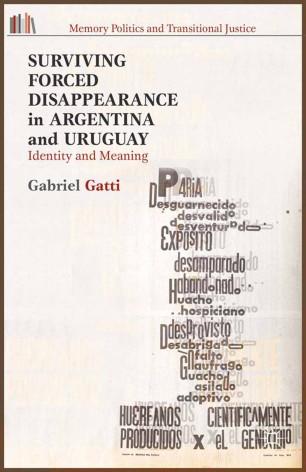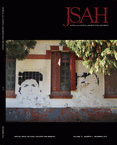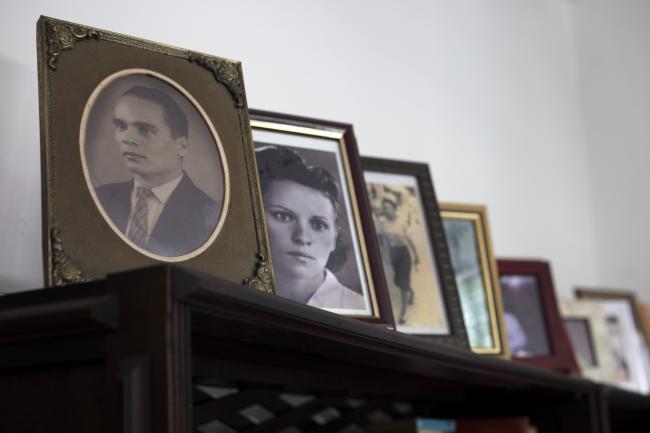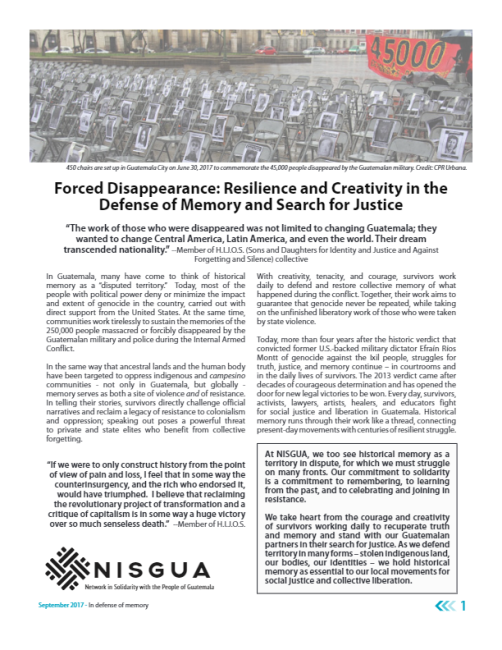
Invisible threads linking phantasmal landscapes in Java: Haunted places and memory in post-authoritarian Indonesia
The nation is often ‘imagined’ through various elements such as the media, education, ideologies, each providing the necessary ‘boundaries’ for its existence. It is also a space where the landscape is constructed and utilised to shape its citizens’ perception. However, the idea of a nation is not just circumscribed by what is celebrated or visible but also by what is ‘silenced’. During the transitional period between the Sukarno and Suharto administrations in the mid 60’s, approximately 500,000–1 million suspected leftists, communists and dissidents were incarcerated and disappeared. Thus even 20 years after the downfall of Suharto’s authoritarian regime, the incident continues to be an unspeakable ‘open secret’. This paper posits that beneath Indonesia’s modern veneer lies ‘pockets’ of spaces that physically mark this hidden history. I ask how Indonesians conceive and tell of this ‘unmentionable’ history through narratives that surround places of death and violence. I will be looking specifically at sites where dissidents have either been interrogated, imprisoned as well as executed. This research looks at how Indonesians utilise tales of the ghostly and the spectral as a way to bypass the taboo which surrounds the event and at the same time ‘narrativise’ it. I state that these tales of ghosts, hauntings and the supernatural are attempts by Indonesians to comprehend better what was otherwise an ‘incomprehensible’ event. Also, despite the state’s best efforts in creating a vacuum on the event, I state that these sites of violence, the landscapes which they inhabit and the tales they carry, are part of an invisible landscape where a counter ‘imagined community’ exists linking these sites as well as the past and present. With each of the sites, a hidden history is thus revealed despite efforts in suppressing this knowledge.







